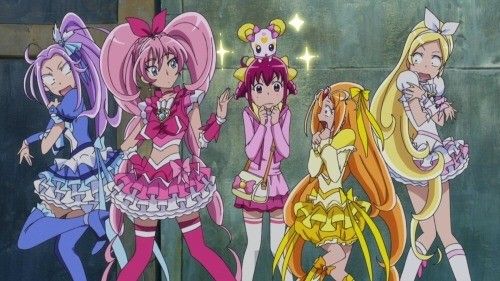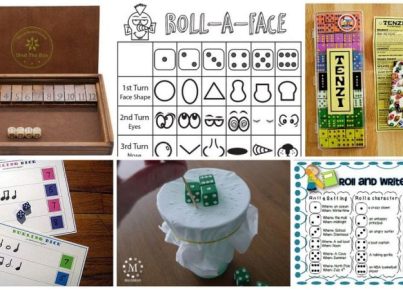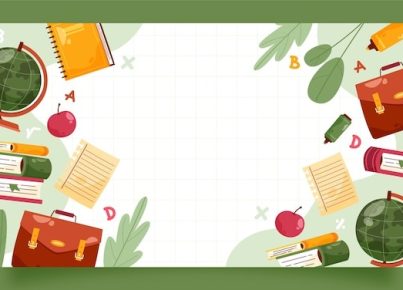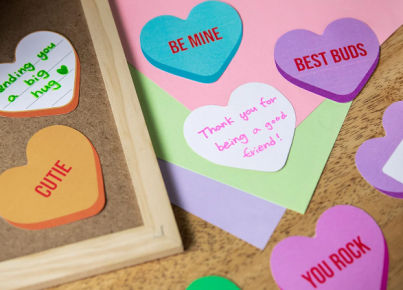Introduction
As educators, it is our job to enrich our students’ lives with knowledge, creativity, and excitement for learning. One such tool that has drawn both adoration and criticism is glitter – a colorful, sparkling material that can bring a little magic to the classroom. In this article, we will explore the benefits of using glitter in the classroom and address common concerns.
The Positive Impact of Glitter in the Classroom
1. Encourages Creativity
Glitter can unleash the creative potential of young learners. By allowing students to experiment with this versatile material, they explore new ways to express themselves through their artwork. Whether it is a simple painting or an intricate collage, glitter can elevate any project to a new level of visual delight.
2. Enhances Sensory Experiences
Not only does glitter add visual interest to projects, but it also offers tactile stimulation. When children trace their fingers through glue and sprinkle glitter over the top, they engage multiple senses and develop fine motor skills – essential components in fostering healthy cognitive development.
3. Boosts Confidence
Incorporating glitter into classroom activities boosts students’ self-esteem by offering opportunities for decision-making and personal expression. As they choose colors, patterns, and techniques, children gain confidence in their abilities to make choices independently.
Addressing Common Concerns About Glitter
1. Environmental Impact
One common argument against using glitter in the classroom is its potential harm to the environment due to its non-biodegradable nature. While traditional glitter can contribute to microplastic pollution, eco-friendly alternatives exist on the market today. Educators can invest in biodegradable or eco-glitter made from plant-based materials without sacrificing any sparkle.
2. Messiness
There is no denying that glitter can be messy; however, this shouldn’t deter its use in education settings. Teachers can implement proper cleanup routines and even turn the cleaning process into an opportunity to teach responsibility and respect for shared environments.
Conclusion
In defense of glitter, its potential for sparking creativity, providing sensory experiences, and boosting student confidence far outweighs its drawbacks. By using eco-friendly glitter options and implementing proper cleanup procedures, educators can ensure that they’re providing their students with a fun and engaging learning environment.
Let us remember that the essence of education is to inspire curiosity and wonder in young minds, paving the way for a lifetime love of learning—one sparkle at a time.





